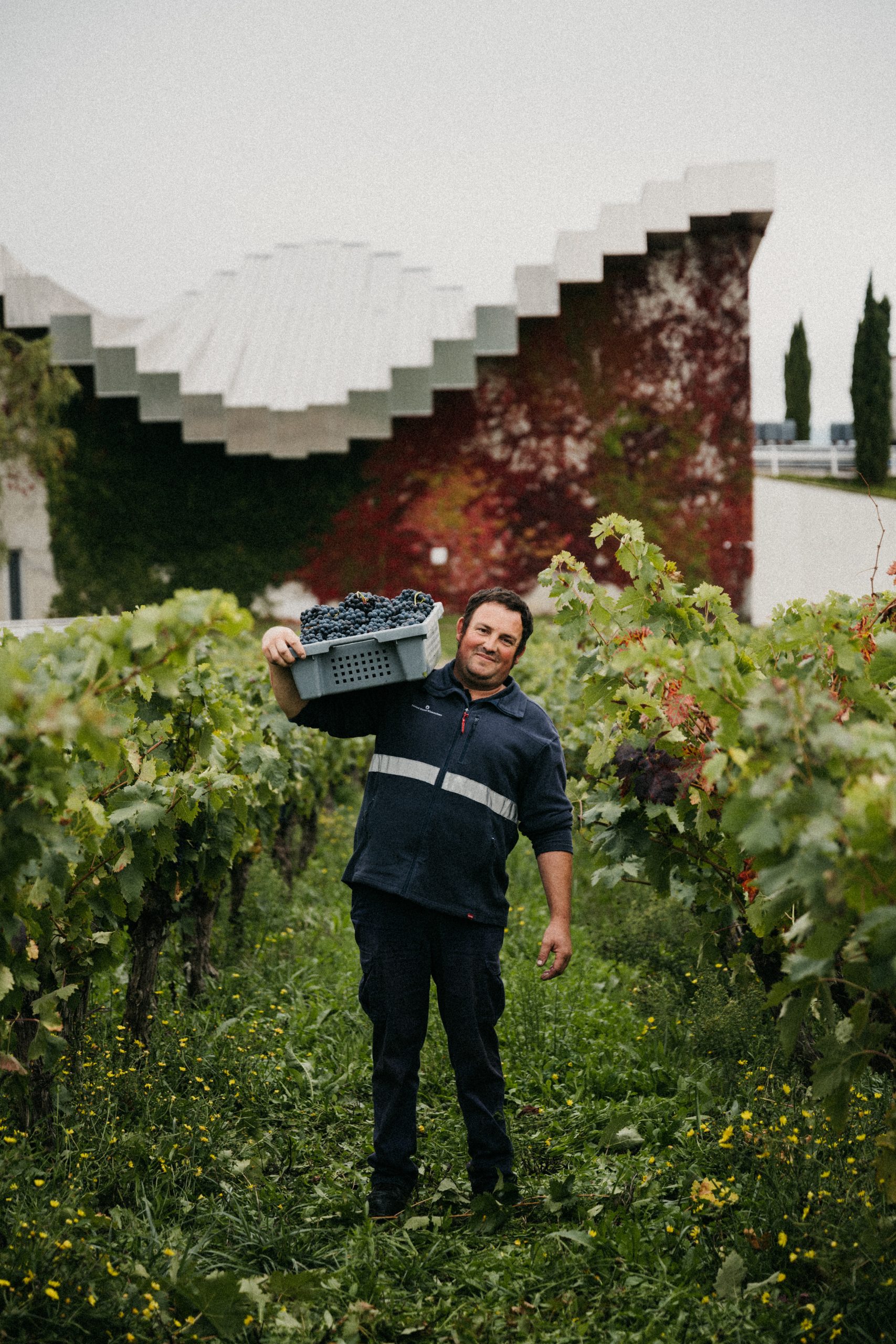Top ten trends of the last ten years: 3. The rise of rosé
In our eighth installment of the greatest changes in drinks since db was launched in July 2002, we consider the rise of rosé.
Of the many stylistic advances over the last decade, the march of pink-coloured drinks must be the most notable.
Many of these pretty products pre-date db’s 2002 launch of course: Provence can trace its rosé production to 125BC, Mateus rosé to World War II and White Zinfindel to 1975.
But the widespread and rapid increase in pink drinks sales is a relatively recent phenomenon.
In particular, California’s two leading brands, Gallo and Blossom Hill, with their sweet “blush” rosés made from Zinfandel and Grenache, were so successful, that by the end of 2008, US wine had overtaken France to become the second-largest country category in UK retail, behind Australia.
Today, rosé accounts for almost 13% of the off-trade in Britain, and is only now starting to stagnate after a decade of uninterrupted growth.
It has been the same for Champagne, and the famous French sparkling is still enjoying increasing rosé sales volumes.
Despite pink Champagne’s 20% price premium over brut NV, shipments in 2010 were up 7% to the UK (where it now accounts for 15% of the Champagne market) and up almost 50% in the US, on the previous year.
But looking back, it was between 2001 and 2006 that the real boom in pink Champagne sales took place in the UK, with shipments increasing by almost 2 million bottles over the five-year period.
Partner Content
Similarly in the US, between 2002 and 2006, shipments of the style never dropped below 29%, and the market leapt from half a million bottles to 1.9 million.
Overall, a move in taste trends from rich reds and oaky whites to lighter styles has helped rosé sales.
Also, in the case of California’s blush rosés, lower abvs and higher residual sugar levels have undoubtedly been a draw for those switching from sweet alcopops – a category that has declined as rosé sales have increased.
The pink drink boom has also encouraged plenty of product innovation as the trade has attempted to capitalise on the sustained interest in rosé. We’ve witnessed pink Pinot Grigio, pink Prosecco and now pink Moscato.
In Champagne, the big brands added non-vintage rosés to their ranges – with Veuve Clicquot’s NV rosé unveiled in 2004, and Bollinger’s in 2008 – Moët launched its own variant back in 2000.
Outside the traditional sectors, db was first to report on some of the more unusual innovations, such as pink Port, which Croft created in January 2008, or a pink vodka, called Pinky, which hit shelves in the same year.
We also followed closely the emergence of pink fine wine with the arrival of Sacha Lichine’s Château d’Esclans in 2006 – a Provençal estate that began producing an oak-aged rosé with an £50-plus price tag.




